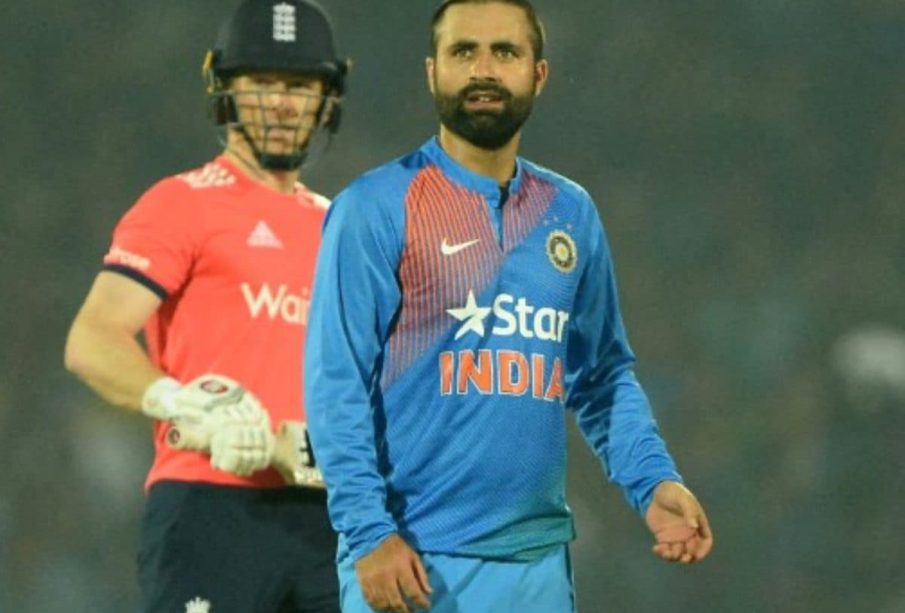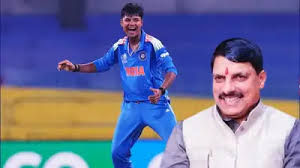Parvez Rasool: An Inspiring Journey of an Indian Cricketer

Introduction
Parvez Rasool, an emerging star in Indian cricket, holds a significant place in the game not just for his skills but also for his inspiring journey. Born on February 17, 1989, in Bijbehara, Jammu and Kashmir, Rasool’s rise to prominence represents the growing talent pool in Indian cricket, especially from the northern regions. His journey serves as a beacon for young cricketers across the country, showcasing how hard work and perseverance can lead to success in a highly competitive sport.
Cricketing Journey
Rasool’s journey to the national stage began with local tournaments where he showcased his all-rounder skills, primarily as a spinner and an aggressive middle-order batsman. His debut in domestic cricket came for Jammu and Kashmir in 2007. Over the years, he gained recognition for his consistent performances, particularly in Ranji Trophy matches. In the 2012-13 season, he played a pivotal role in helping Jammu and Kashmir secure a spot in the quarter-finals of the prestigious tournament.
His exceptional performance led to his selection in the India A squad, where he continued to impress selectors with his skills. Rasool’s professional career gained a significant boost when he was picked for the Indian national team in 2013, becoming the first cricketer from Jammu and Kashmir to achieve this feat. He made his ODI debut against Zimbabwe in July 2015 and has since garnered attention for his ability to contribute with both bat and ball.
Recent Developments
As of 2023, Rasool remains an integral part of the domestic cricket circuit, playing for teams in various leagues, including the Syed Mushtaq Ali Trophy and the Vijay Hazare Trophy. His leadership as a captain in domestic formats has helped elevate the standard of Jammu and Kashmir cricket, inspiring a new generation of players.
In recent matches, Rasool has shown consistent performance, leading to speculations about his re-inclusion in the national team setup as selectors look for fresh talent for international matches. His adaptability and steady growth could potentially lead him back to international fame, especially with the T20 World Cup on the horizon.
Conclusion
Parvez Rasool’s journey reflects not just personal achievement but also the evolving landscape of Indian cricket. His story serves as motivation for many young aspirants from underrepresented regions. As fans and cricket enthusiasts keep a close watch on his performances, there is a consensus that Rasool’s time in Indian cricket may not be over yet. His ongoing contributions to the sport could pave the way for others, strengthening the future of Indian cricket through diversity and representation.









